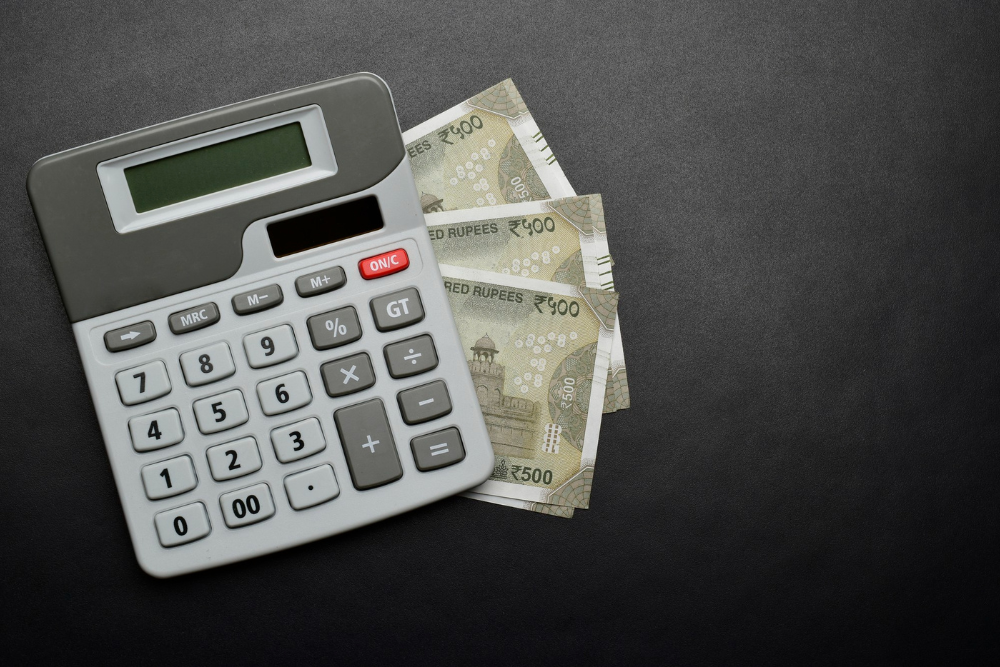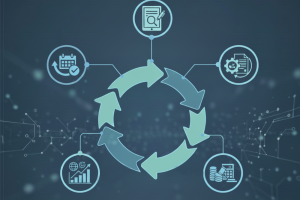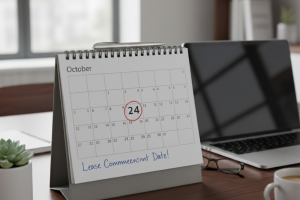When renting commercial properties such as office spaces, retail outlets, or industrial units, you often come across the term CAM Charges, which stands for Common Area Maintenance Charges. These charges are an additional cost over and above the basic rent, yet many tenants and property users are not fully aware of what they cover or to calculate them. In this blog, we break down the basics of CAM charges to help you understand why they matter.
What Is Common Area Maintenance (CAM)?
Common area maintenance (CAM) refers to the upkeep and management of shared spaces within a commercial property. These spaces typically include lobbies, corridors, staircases, elevators, parking areas, security posts, fire exits, landscaped gardens, and restrooms shared by all tenants. The purpose of CAM is to ensure that these common areas remain clean, safe, functional, and presentable at all times.
What Are Common Area Maintenance Charges?
Common area maintenance charges, also known as common area maintenance fees, are the costs that tenants incur, in addition to their base rent to cover the expenses associated with maintaining these shared spaces. Landlords in commercial real estate typically bill these charges on a monthly or annual basis.
Many landlords prefer to separate common area maintenance charges from the rent so that tenants pay only for the portion of maintenance relevant to their space, promoting transparency. Therefore, understanding what CAM fees in a lease is essential for any commercial tenant.
What Do CAM Charges Typically Cover?
Typical CAM charges for commercial real estate include:
- Cleaning and janitorial services in common areas
- Security services such as CCTV, guards, and access control
- Electricity and water costs for lighting, lifts, and shared restrooms
- Maintenance of elevators, fire safety equipment, and HVAC systems
- Landscaping and external area upkeep
- Management and administrative fees for facility services
How Is CAM Charges Calculation Done?
CAM charges calculation is usually based on the tenant’s leased area as a proportion of the total leasable area of the building. The formula is:
Tenant’s CAM Charge = (Tenant’s Leased Area ÷ Total Leasable Area) × Total CAM Expenses
For instance, if a business occupies 2,000 sq ft in a 100,000 sq ft commercial complex, and the total CAM cost for a month is ₹10,00,000, the tenant pays:
(2,000 ÷ 100,000) × ₹10,00,000 = ₹20,000 per month.
On average, CAM fee per square foot in India range from ₹20 to ₹60, depending on the property’s location, grade, and services provided.
Dealing with Excessive CAM Charges and Disputes
Sometimes, tenants face excessive CAM charges that seem disproportionate to the services offered. In such cases, understanding your lease agreement is vital. Always ask for a detailed breakdown of the CAM charges to verify the expenses. If discrepancies are found, tenants can consider disputing CAM charges by formally raising the issue with the landlord or property manager, and if necessary, seeking legal advice.
Key Takeaways
- CAM charges are an important part of commercial leasing, covering the maintenance of shared spaces.
- Businesses can budget more effectively when they understand what CAM charges are and how to calculate them.
- Always request a breakdown of CAM expenses and be mindful of excessive CAM charges.
- Negotiating a cap on CAM fees or opting for fixed charges may provide predictability in long-term leases.
A clear understanding of common area maintenance charges is critical when entering into a commercial lease. Being informed helps avoid surprises, ensures fair billing, and promotes a smoother landlord-tenant relationship. Always read your lease agreement carefully, monitor the monthly CAM bills, and take action if you suspect inconsistencies.
How CRE Lease Matrix Helps?
CRE Lease Matrix simplifies the management of common area maintenance charges by automating CAM fees calculation and providing clear visibility into every expense. With a centralized dashboard, tenants and property managers can easily track common area maintenance fees, view detailed breakdowns, and monitor average CAM charges per square foot in real time.
The platform helps prevent billing errors and excessive CAM charges by offering transparent reporting and automated alerts for discrepancies, making it easier to avoid disputes. By streamlining the entire lease management process, including what CAM charges in a lease, CRE Lease Matrix empowers businesses to manage costs efficiently and maintain healthy landlord-tenant relationships.
Take control of your CAM charges today. Book a demo!






